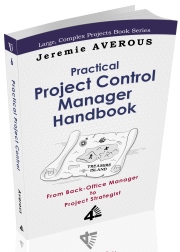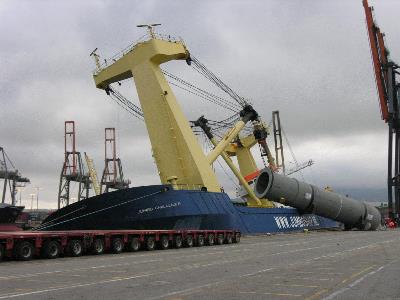How to Build the Systems Architecture Project-Driven Organisations Need
A proper Information Systems setup and architecture is increasingly a major differentiating factor for organizations dealing with the execution of Large Complex Projects. The challenges of digitization increase the strategic importance of Information Systems. In a series of White Papers, based on our extensive experience in this area, we will cover challenges of Information Systems in project-driven organisations: from the overall architecture to systems implementation, development and ongoing management. In this first White Paper 2018-03 ‘How to Build the Systems Architecture Project-Driven Organisations Need’, we cover the overarching systems architecture.
 Proper mapping the overall Information Systems architecture is needed to ensure that all the needs of project-driven businesses are satisfied. Specific aspects must be accounted for in the project business such as access from remote, less connected sites and interfaces with many third parties through secure gateways.
Proper mapping the overall Information Systems architecture is needed to ensure that all the needs of project-driven businesses are satisfied. Specific aspects must be accounted for in the project business such as access from remote, less connected sites and interfaces with many third parties through secure gateways.
Standard data coding is an essential piece of the overall Systems architecture and often requires substantial effort to be developed.
Appropriate governance must then be setup to ensure that the Information Architecture evolves according to the expected roadmap.
For organizations that have not dealt previously with Large, Complex Projects, the investment to setup those systems properly is substantial. It needs to be anticipated several months prior to the start of the project. Setting up the right architecture to suit the project needs from the start is an essential part of the setup. Read our new White Paper 2018-03 ‘How to Build the Systems Architecture Project-Driven Organisations Need’ to get advice on the specific tricks and traps of project-driven systems architecture.
If you can’t access the link to the white paper, copy and paste the following link in your browser: http://www.projectvaluedelivery.com/_library/2018-03_Systems_Architecture_v0b.pdf












How to Implement Package Management for SCM Post Award Management on Projects
Supply-Chain post-award management is an essential element of project success. For engineered equipment and subcontracts, proper management of the supplier/subcontractor and close coordination of all post-award activities is a must and it is recommended to use a package lead in charge of the internal/external coordination and follow-up. This function is generally covered by the Project Manager for small projects and not always well understood and implemented. In our new White Paper 2017-17 ‘How to Implement Package Management for Supply Chain Post Award Management on Projects’ we detail what are the key success factors for the implementation of the Package Management approach for large projects.
Our White Paper describes in detail the recommended organization for package management across the entire supply chain cycle, from pre-award to post-award activities. Success in a project takes a team, and package management is the appropriate way to make sure the entire team contributes to the success of Project Supply Chain Management activities.
Package Management is not often properly implemented on projects. Our new White Paper 2017-17 ‘How to Implement Package Management for Supply Chain Post Award Management on Projects’ explains the scope and give some recommendations for successful implementation. This implementation must be consistent and happen early in the project.
If you can’t access the link to the white paper, copy and paste the following link in your browser: http://www.projectvaluedelivery.com/_library/2017-17_SCM_Package_Management_v0.pdf